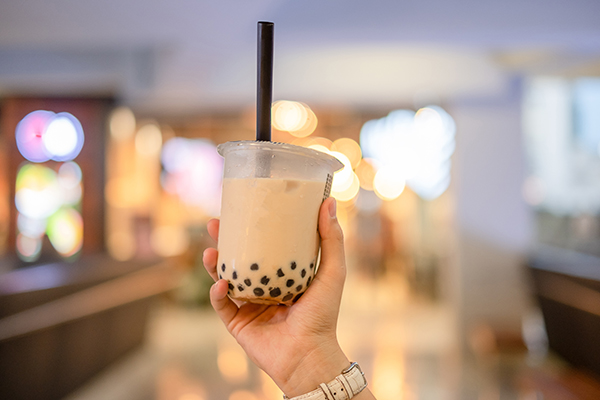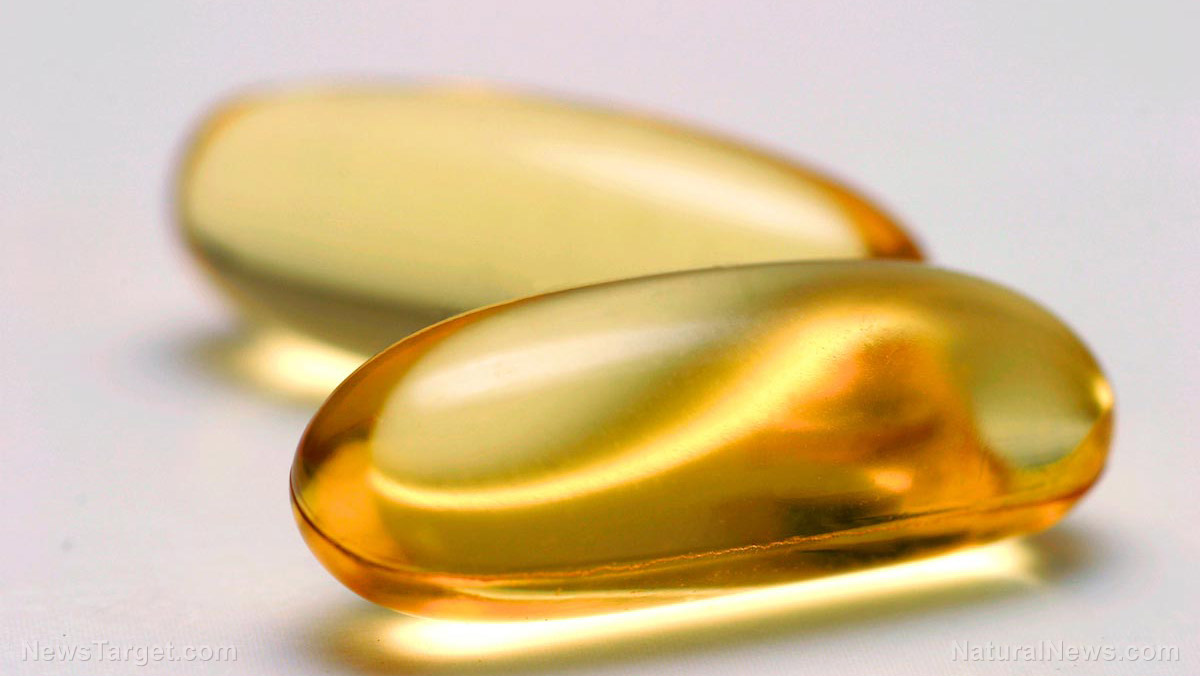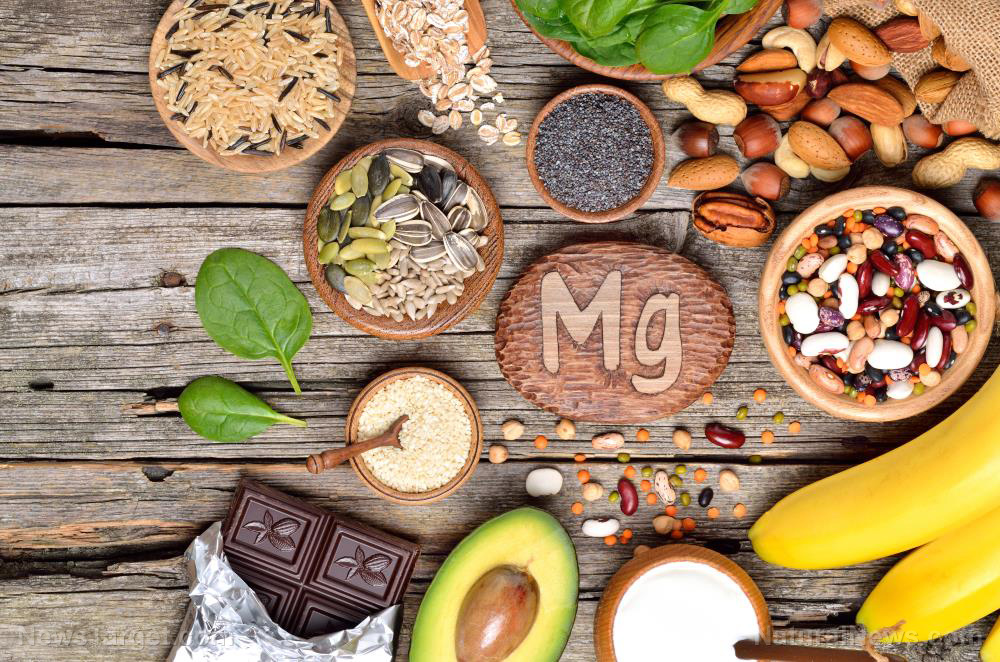 Parler
Parler Gab
Gab
Why is bubble tea bad for you if it contains tea?
Bubble tea, also called pearl tea or boba tea, is a Taiwanese drink that has become more popular in recent times. It's a sweetened tea with natural or artificial flavors and it's served with a layer of tapioca balls, or pearls, at the bottom of your cup. The pearls come up as you drink through a large straw, making them look like bubbles or "boba." Some say bubble tea was created by Lin Hsiu Hui, product manager at the Chun Shui Tang teahouse. While the teahouse had already been serving cold tea, in 1988 she tried adding small tapioca balls into her iced tea. Her idea was based on "fen yuan," a common Taiwanese dessert made of a sweetened tapioca pudding. The idea took off and bubble tea can now be found across the globe. But is bubble tea a healthy beverage? Even if you order bubble tea with a green tea base, you're still drinking a liquid dessert that's high in calories. The health benefits of the tea are offset by its high sugar and caloric load. According to one study on different boba drinks, a small 16-ounce (oz.) (473 ml) drink with milk tea and tapioca balls contains, on average, around 38 grams of sugar and 299 calories. Other kinds of bubble tea also pile on the additional ingredients. Meanwhile, add-ons such as jelly and egg pudding increase the calorie and sugar levels of bubble tea. One large 32-oz. (946 ml) serving of a bubble tea with jelly and egg pudding contains over 250 percent and 384 percent of the daily recommended intake of sugar for men and women, respectively. The same serving exceeds 500 calories in a worst-case scenario. The best-case scenario isn't any better. Shockingly, a small bubble tea with reduced sugar still has more calories than the same serving size of a sugary soda. If you're craving a bubble tea but you want to make it healthier, you can reduce its caloric content by choosing an unsweetened version. However, the tapioca will still contain added sugar. Alternatively, you can make a healthier version of bubble tea at home using natural ingredients and skipping the sweeteners and additional flavors.What's bubble tea made of?
Different kinds of bubble tea can include various ingredients, but the basic recipe has green or black tea and tapioca. Unless you personalize your order, all kinds of bubble tea contain a sweetener like cane sugar or fructose and a milk or non-dairy additive to make it creamy. Tea Tea is a popular superfood, with many studies dedicated to determining its various health benefits. Green tea is one of the most popular kinds of tea and it's full of the powerful catechin polyphenol epigallocatechin gallate (EGCG). EGCG is a plant compound with antioxidant effects linked to better heart health, lower inflammation and a lower risk of diabetes and other chronic health conditions. Black tea also contains EGCG, but in a lesser amount compared to green tea. Milk or non-dairy alternatives Bubble tea also contains milk or non-dairy alternatives like almond or oat milk. Milk contains calcium, B vitamins, iodine, potassium and other vitamins and minerals. Non-dairy alternatives may be fortified, but they can also contain added sugars if your drink uses flavored products. Tapioca Tapioca is a high-carbohydrate, starchy product extracted from cassava, a root vegetable that looks like a yam. It comes in many different forms, like white flour, flakes, or the pearls used in bubble tea. Tapioca supplies a load of quick and easily digestible carbs. But it is very low in vitamins in minerals, especially in the serving you’d get in a cup of bubble tea. Tapioca pearls also contain little to no dietary fiber. Cooking tapioca pearls only makes things worse. Tapioca pearls are usually boiled in hot water with even more sugar for up to three hours. Once the pearls are cooked, they can contain almost 160 calories per 1/4 cup serving. The only benefit of tapioca pearls is that they're easy to digest for people with irritable bowel diseases or gluten sensitivities. But if you're trying to monitor your sugar intake, avoid bubble tea or tapioca pearls. Flavorings Bubble tea is flavored with natural sources or syrups. Syrups lack nutrients and they only add to the calorie and sugar counts of bubble tea. If your bubble tea contains a bit of fruit, you get a small serving of the nutrients in it. Bubble tea is usually flavored naturally or artificially with chocolate, taro root and fruits like kiwi, mango, or strawberry. Sweetener Bubble tea contains sweeteners that are high-calorie and high-sugar. Drinking bubble tea regularly may cause weight gain and other chronic health conditions.Ditch the sugar: A healthier bubble tea recipe
This basic bubble tea recipe has only 150 calories per serving. Make it at home to save money instead of buying bubble tea with tons of calories and sugar. Ingredients for 1 serving:- 1 cup of unsweetened almond milk
- 1/2 cup of ice cubes
- 1/4 cup of boba balls
- 1 tablespoon of matcha powder
- 10 drops of liquid stevia (optional)
- Process the matcha, almond milk, ice cubes and stevia in a blender until smooth.
- Boil the boba balls for at least three minutes in a half cup of water. When they're done, strain and let the pearls cool down in a cup.
- Pour the blended liquid over the pearls before serving.
Supplementing with vitamin D found to improve blood pressure in overweight children
By Zoey Sky // Share
Deborah Birx hid covid info from Trump, altered CDC guidelines without approval
By Ethan Huff // Share
Germany’s birth rate improbably falls by 11% in the first quarter of 2022
By Lance D Johnson // Share
By Mary Villareal // Share
Port of Los Angeles director: US supply chain at risk if rail service does not improve
By Mary Villareal // Share
Common signs and symptoms of magnesium deficiency
By Olivia Cook // Share
Governments continue to obscure COVID-19 vaccine data amid rising concerns over excess deaths
By patricklewis // Share
Tech giant Microsoft backs EXTINCTION with its support of carbon capture programs
By ramontomeydw // Share
Germany to resume arms exports to Israel despite repeated ceasefire violations
By isabelle // Share










